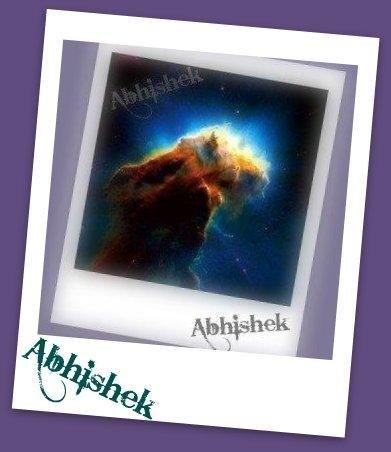 | 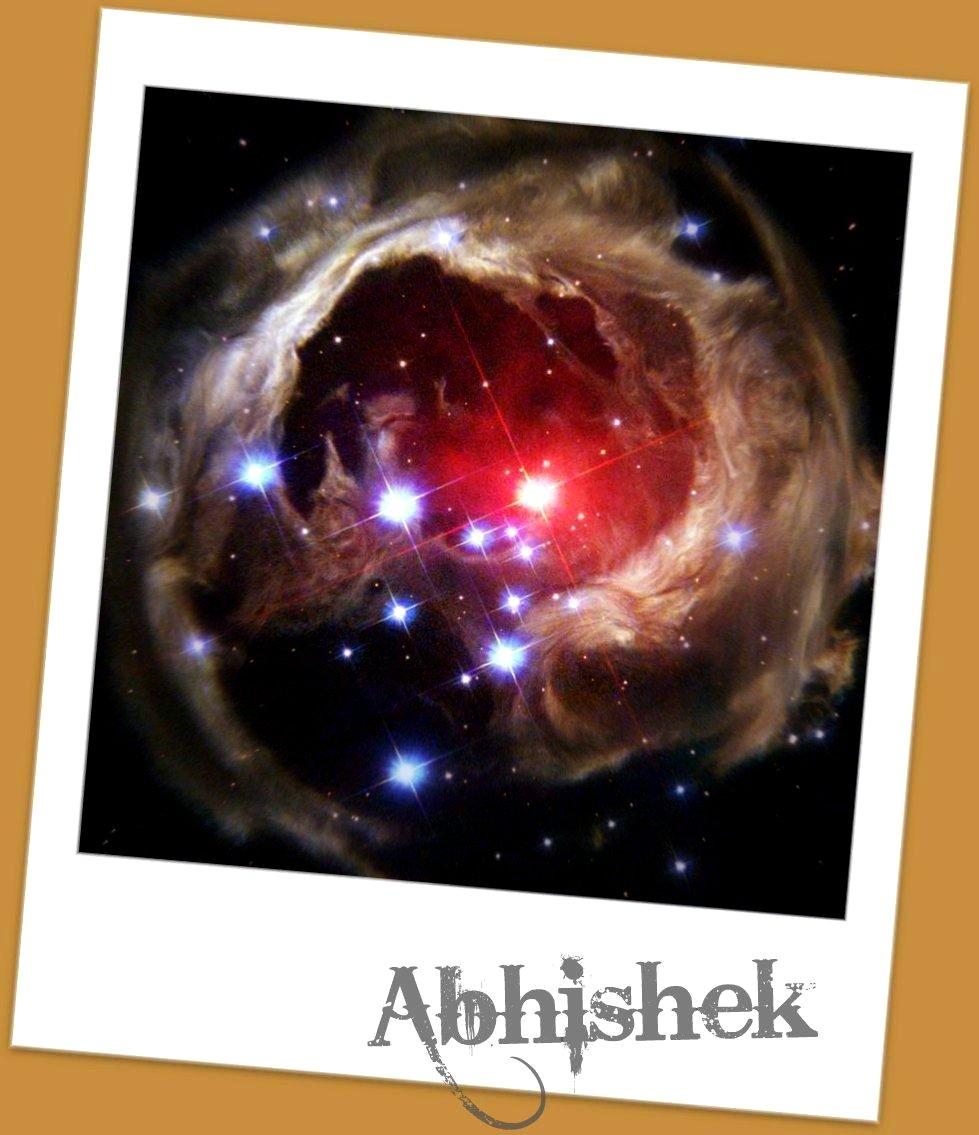 |
This is the given video of super novas. It's about how they form n how they spread what are the effacts of dis greater distruction. supernovas usualy forms when a bigar star colasp n they remenuplate som kind of radiations which eficts the life of people n their ungenerated cells n DNA's which further may leads to some kind of mutation. Planetary scientists use the terms gas, ice, and rock to describe the various classes of substances found throughout the Solar System. Rock is used to describe compounds with high melting points (greater than roughly 500 K), such as silicates. Rocky substances are prevalent in the inner Solar System, forming most of the terrestrial planets and asteroids. |
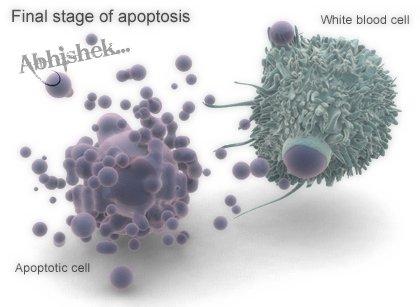
cells and tissue the basic component of
our life.........
starts the theory in a very diff way...
Cells, the smallest structures capable of maintaining life and reproducing, compose all living things, from single-celled plants to multibillion-celled animals. The human body, which is made up of numerous cells, begins as a single, newly fertilized cell.
Almost all human cells are microscopic in size. To give you an idea how small a cell is, one average-sized adult body, according to one estimate, consists of 100 trillion cells!
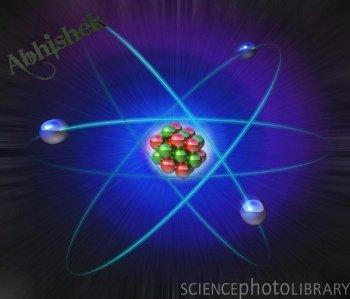
In atomic physics and quantum chemistry, electron configuration is the arrangement of electrons in an atom,molecule, or other physical structure. Like other elementary particles, the electron is subject to the laws ofquantum mechanics, and exhibits both particle-like and wave-like nature. Formally, the quantum state of a particular electron is defined by its wave function, a complex-valued function of space and time. According to the Copenhagen interpretation of quantum mechanics, the position of a particular electron is not well defined until an act of measurement causes it to be detected. The probability that the act of measurement will detect the electron at a particular point in space is proportional to the square of the absolute value of the wavefunction at that point.Electrons are able to move from one energy level to another by emission or absorption of a quantum of energy, in the form of a photon.
|
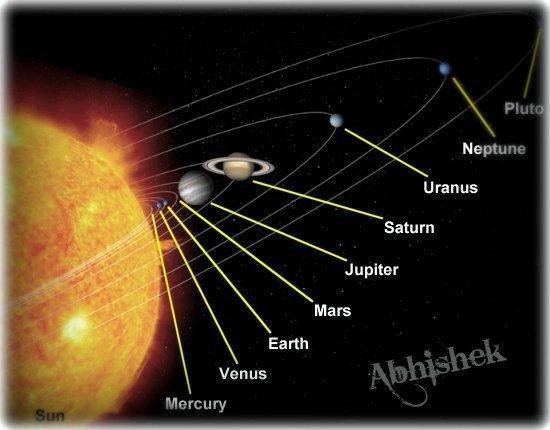
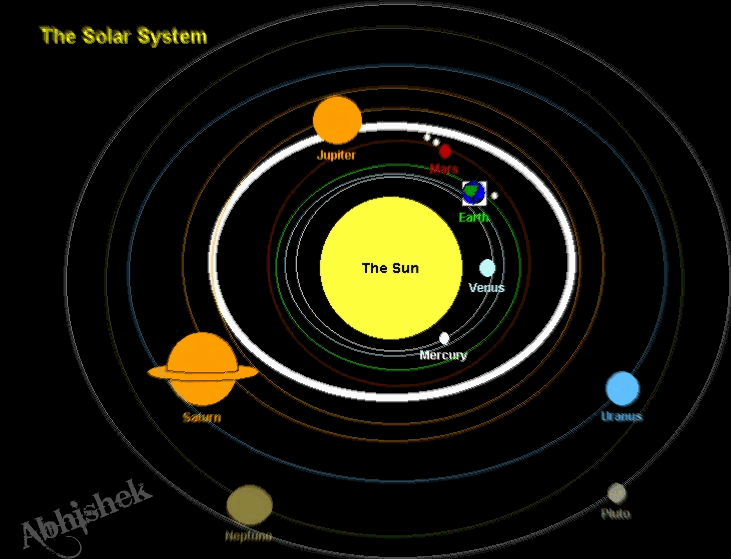
The Solar System[a] consists of the Sun and those celestial objects bound to it by gravity. These objects are the eight planets and their 166 known moons,[1] four dwarf planets and billions of small bodies, including asteroids, icy Kuiper belt objects, comets, meteoroids, and interplanetary dust.
Broadly, the charted regions of the Solar System are the Sun, four terrestrial inner planets, the asteroid belt, four gas giant outer planets, the Kuiper belt, the scattered disc, and ultimately perhaps the hypothetical Oort cloud.
A flow of plasma from the Sun (the solar wind) permeates the Solar System. This creates a bubble in the interstellar medium known as the heliosphere, which extends out to around the scattered disc.
The principal component of the Solar System is the Sun, a main sequence G2 star that contains 99.86 percent of the system's known mass and dominates it gravitationally.[5] Jupiter and Saturn, the Sun's two largest orbiting bodies, account for more than 90 percent of the system's remaining mass.[b]
Informally, the Solar System is sometimes divided into separate regions. The inner Solar System includes the four terrestrial planets and the main asteroid belt. The outer Solar System is beyond the asteroids, including the four gas giant planets.[6] Since the discovery of the Kuiper belt, the outermost parts of the Solar System are considered a distinct region consisting of the objects beyond Neptune.[7]
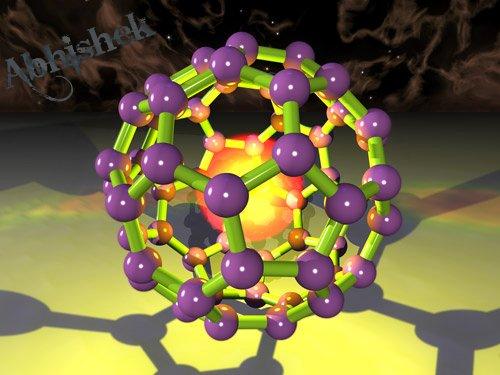
Kepler's laws of planetary motion describe the orbits of objects about the Sun. According to Kepler's laws, each object travels along an ellipse with the Sun at one focus. Objects closer to the Sun (with smaller semi-major axes) have shorter years. On an elliptical orbit, a body's distance from the Sun varies over the course of its year. A body's closest approach to the Sun is called its perihelion, while its most distant point from the Sun is called its aphelion. Each body moves fastest at its perihelion and slowest at its aphelion. The orbits of the planets are nearly circular, but many comets, asteroidsKuiper belt objects follow highly elliptical orbits. an
Most large objects in orbit around the Sun lie near the plane of Earth's orbit, known as the ecliptic. The planets are very close to the ecliptic while comets and Kuiper belt objects are usually at significantly greater angles to it.
All of the planets and most other objects also orbit with the Sun's rotation (counter-clockwise, as viewed from above the Sun's north pole). There are exceptions, such as Halley's Comet.

cope with the vast distances involved, many representations of the Solar System show orbits the same distance apart. In reality, with a few exceptions, the farther a planet or belt is from the Sun, the larger the distance between it and the previous orbit. For example, Venus is approximately 0.33 AU[c] farther out than Mercury, while Saturn is 4.3 AU out from Jupiter, and Neptune lies 10.5 AU out from Uranus. Attempts have been made to determine a correlation between these orbital distances (see Titius-Bode law), but no such theory has been accepted.
Most of the planets in the Solar System possess secondary systems of their own. Many are in turn orbited by planetary objects called natural satellites, or moons, some of which are larger than planets. Most of the largest natural satellites are in synchronous orbit, with one face permanently turned toward their parent. The four largest planets also possess planetary rings, thin bands of tiny particles that orbit them in unison.
Planetary scientists use the terms gas, ice, and rock to describe the various classes of substances found throughout the Solar System. Rock is used to describe compounds with high melting points (greater than roughly 500 K), such as silicates. Rocky substances are prevalent in the inner Solar System, forming most of the terrestrial planets and asteroids. Gases are materials with low melting points such as atomic hydrogen, helium, and noble gases; they dominate the middle region, comprising most of Jupiter, Saturn, Uranus and Neptune. Ices, like water, methane, ammonia, and carbon dioxide,[8]Kelvin. Icy substances comprise the majority of the region beyond Nepune.[9] The term volatiles refers collectively to all materials with low boiling points (less than a few hundred Kelvin), including gases and ices; depending on the temperature, volatiles can be found as ices, liquids, or gases in various places in the Solar System. have melting points up to a few hundred
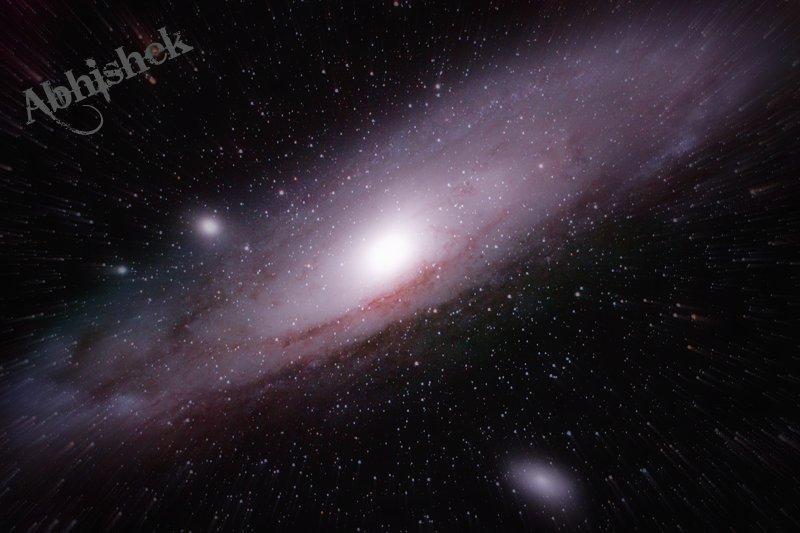 | so my dear frens if u want 2 know more about this theory and to make the theory out of the curtain please log in to your own membership its free.....
|









